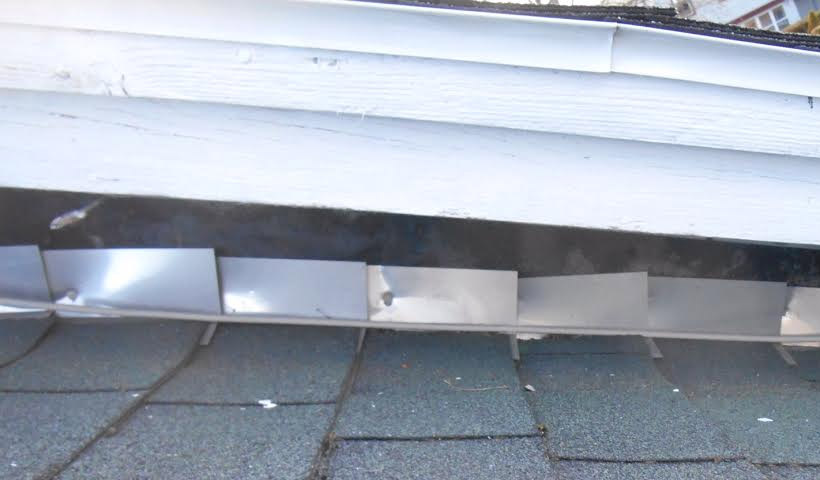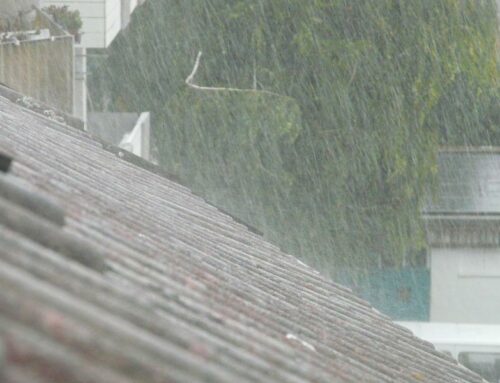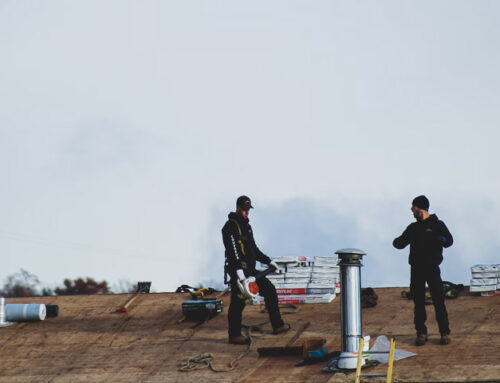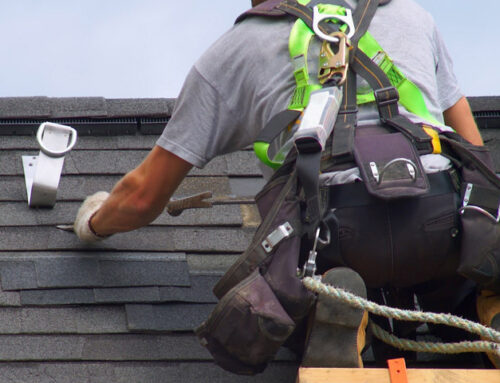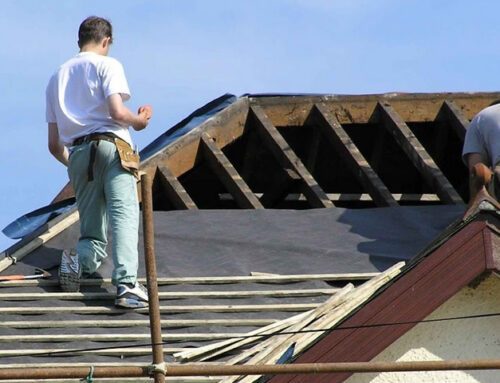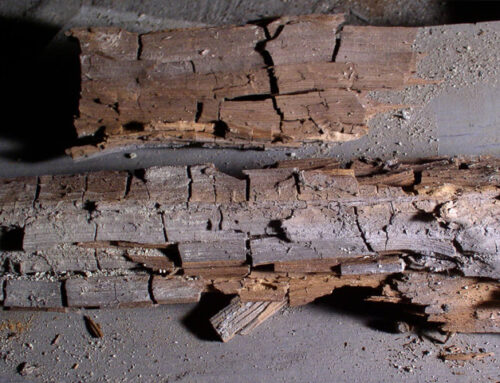Roof flashing is the thin pieces or sheets of metal that protect key areas of your roof from water intrusion. You can find flashing down open valleys, around chimneys, skylights, plumbing boots and more. These are also some of the most common spots for leaks to develop, and often those leaks are caused by bad flashing.
How do you know if your roof flashing is bad? That’s a good question, but it has some complicated answers. Even among roofers, there are misconceptions about what flashing should look like and how it should be treated. Here are some flashing red flags that you, as a homeowner, can investigate.
1. It Doesn’t Feel Like Metal
The flashing in your roof valleys is among the most important on your roof. Valleys are the spot where two roof planes connect and project downward. They collect water from both roof surfaces and then deposit that water in the gutters. Down the very center of the valley, you should have a long sheet of flashing. Some roofers put a fabric-like material here, but that is not wise. It should be made of metal flashing. If it doesn’t feel like metal, you may have bad flashing.
2. You Can See Nails
The flashing around dormers, skylights and the side of chimneys is nailed into place. However, it is nailed into place in only one spot, and that spot is actually hidden beneath the shingles. The last thing you want is rain directly on a nail, as they provide a microscopic pathway for water to get under the flashing (or the shingles, for that matter), which can lead to leaks in time.
However, sometimes inexperienced roofers place new nails in troubled flashing in an attempt to hold it down. This causes stress between the two nails and warps the flashing further, which creates more opportunities for leaks. If you can see nails in your flashing, you may have bad flashing.
3. It is Warped or Bent
Flashing is all specially cut or shaped to sit flush against the surface it is protecting from water. Flashing should sit flat against dormer walls or against the side of skylights. If it is warped, bent, or otherwise oddly shaped, then water will likely find a path in and behind the flashing and create a leak.
When choosing whether or not to reuse old flashing on the new roof installation, roofers should dispose of and replace warped flashing pieces at the very least.
4. There is Roofing Cement
When there is a leak due to improper flashing, some inexperienced roofers will simply pop onto the roof, apply some roofing cement, and call the job done. Unfortunately, roofing cement very rarely fixes the underlying problem. It can buy you some time before the flashing is replaced, but eventually, water will pool on it, and it will crack, recreating that same leak. Copious use of roofing cement can also prevent proper drainage.
Get a Professional Inspection
It’s hard to tell if your flashing is bad. Reaching out to a professional for an inspection can give you peace of mind.


